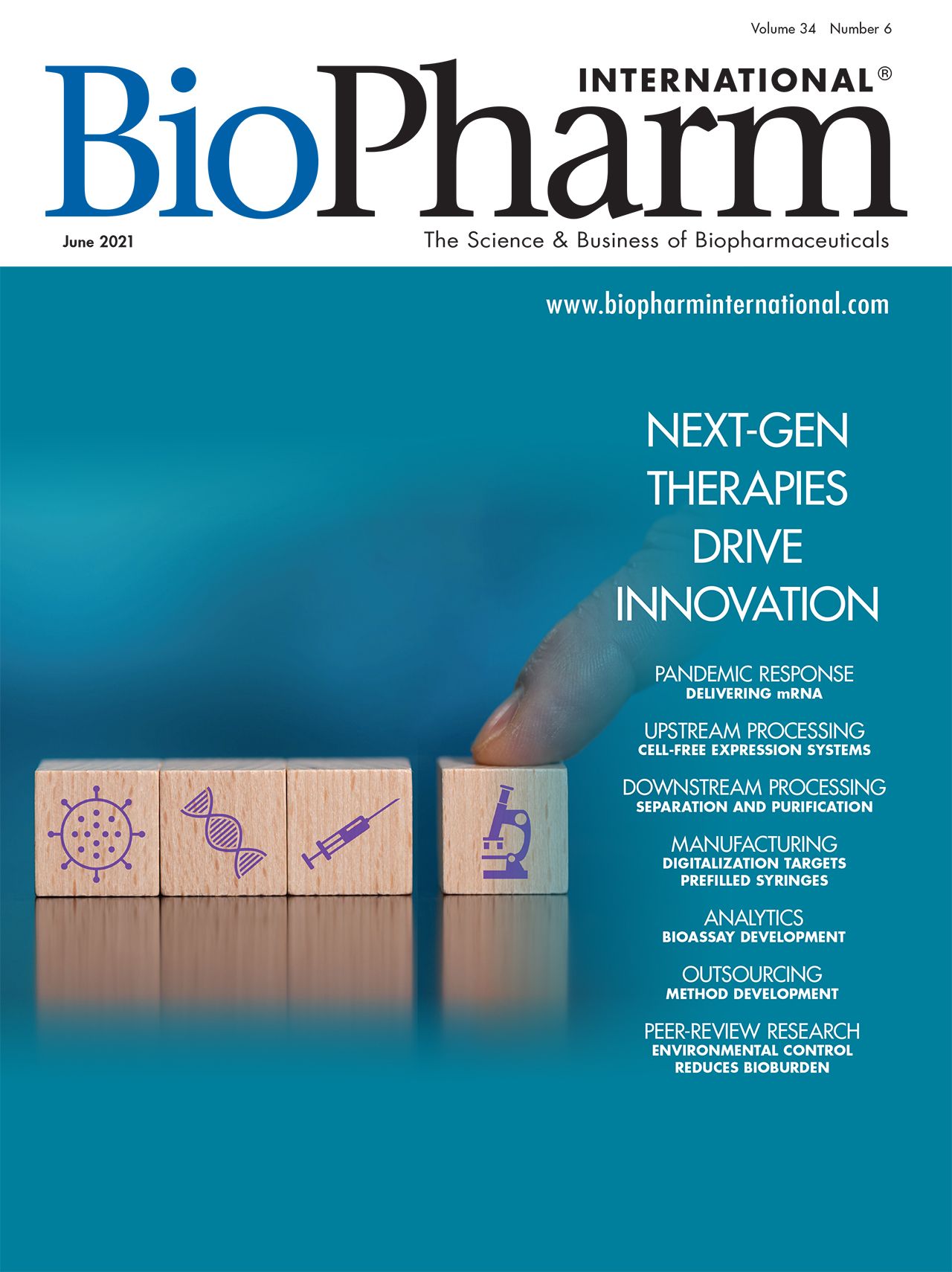The Facts About Filing Drug Applications
Susan J. Schniepp, distinguished fellow at Regulatory Compliance Associates, answers some commonly asked questions about regulatory filings.
Q: What’s the difference between an IND, NDA, ANDA, and a BLA?
A: Companies need to get approval from FDA to market a new drug in the United States by submitting either a New Drug Application (NDA) or a Biologics License Application (BLA). An Investigational New Drug Application (IND) allows a new drug that is being researched for potential medicinal use as part of a clinical trial to be shipped across state lines without marketing approval. The information contained in an IND application will become part of the NDA when the clinical trials are complete and the drug is ready to be reviewed and approved for use in the general population. The Abbreviated New Drug Application (ANDA) is used when a pharmaceutical product’s patent has expired and another company wants to enter into the market with a generic version of the drug product. The BLA is used when seeking approval for products such as vaccines, blood and blood components, allergenics, somatic cells, gene therapy, tissues, and recombinant therapeutic proteins.
Regardless of the regulatory filing category, the company must prove that the drug product is safe and effective for the proposed use, the benefits of taking the drug outweigh the risks (side effects) associated with the drug, the product labeling contains the necessary information about the drug (dosage strength, storage conditions, lot number, expiry date, etc.), and the manufacturing methods used produce products with the proper identity, strength, quality, and purity (1–4).
Q: What’s a regulatory filing in Europe called?
A: The regulatory filing in the European Union (EU) is called a Marketing Authorization. The European Medicines Agency (EMA) is responsible for approving regulatory filings before medicines can be marketed in the EU. EMA has three procedures for gaining approval: the centralized procedure, the decentralized procedure, and the mutual-recognition procedure. In the centralized procedure, pharmaceutical companies submit their regulatory filing to EMA. The use of the centralized procedure is required for most innovative medicines, including those indicated for rare diseases. Because many of the pharmaceuticals authorized for use in the EU did not receive a marketing authorization at the time of application, they are out of scope for the centralized procedure, so companies gain approval to market their products through the decentralized procedure or the mutual recognition procedure. Regardless of the regulatory filing process used, the company must prove that the drug product is safe and effective for the proposed use, the benefits of taking the drug outweigh the risks (side effects) associated with the drug, the product labeling contains the necessary information about the drug (dosage strength, storage conditions, lot number, expiry date, etc.), and the manufacturing methods used produce products with the proper identity, strength, quality, and purity (5).
Q: What is a refusal-to-file notification?
A: Companies can occasionally provide insufficient data supporting their NDA or BLA filing. When this happens, FDA will issue a refusal-to-file letter with the company (6). There are many reasons FDA may issue a refusal-to-file letter. These include, but are not limited to:
- Inadequate chemistry, manufacturing, and controls (CMC) data resulting from formulation issues
- Incomplete stability data
- Procedural (i.e., missing or incorrect use of the official FDA forms, electronic submission rules not followed, patent certification is inadequate, etc.)
- Failure to submit environmental assessment
- Failure to provide accurate and complete English translations for parts of application not in English
- The drug product that is the subject of the submission is already covered by an approved application on file and the applicant of the submission either has an approved application for the same drug product or is merely a distributor and/or re-packager of the already approved drug product.
- The application is submitted as a 505(b)(2) application for a drug that is a duplicate of a listed drug and eligible for approval under section 505(j).
Q: How does following the International Council for Harmonisation of Technical Requirements for Pharmaceuticals for Human Use (ICH) help me with my global filing requirements?
A: ICH (www.ICH.org) was founded in 1990 with the mission of bringing together regulatory authorities from around the world to see if they could reach agreements on what the best industry practices are for pharmaceutical products. They have created internationally recognized guidelines for quality, safety, and efficacy requirements and other topics categorized as multidisciplinary. The founding members of ICH included the European Commission, FDA, and the Japanese Ministry of Health, Labour and Welfare/Pharmaceuticals and Medical Devices Agency. The list of guidelines produced by ICH is impressive and covers the critical elements a company should include when considering applications to manufacture and produce a new drug. Following the recommendations of ICH can only improve your chances of having a smooth filing and approval process globally.
References
- FDA, “New Drug Application (NDA),” FDA.gov, accessed May 21, 2021.
- FDA, “Biologics License Application (BLA) Process (CBER),” FDA.gov, accessed May 21, 2021.
- FDA, “Abbreviated New Drug Application (ANDA) Forms and Submission Requirements,” FDA.gov, accessed May 21, 2021.
- FDA, “Investigational New Drug (IND) Application,” FDA.gov, accessed May 21, 2021.
- EMA, “Marketing Authorization,” ema.europa.eu, accessed May 21, 2021.
- FDA, Guidance for Industry, Refuse to File: NDA and BLA Submissions to CDER (CDER, December 2017).
About the author
Susan J. Schniepp is distinguished fellow at Regulatory Compliance Associates.
Article details
BioPharm International
Vol. 34, No. 6
June 2021
Pages: 50, 49
Citation
When referring to this article, please cite it as S. Schniepp, “The Facts About Filing Drug Applications, BioPharm International 34 (6) 2021.
